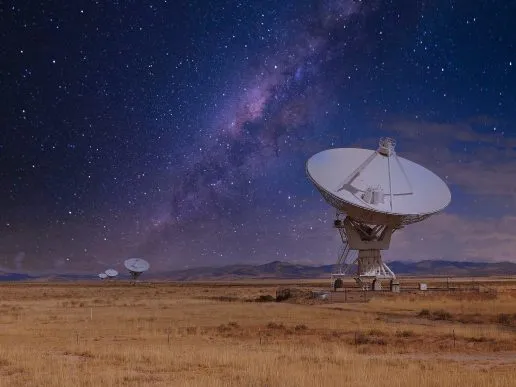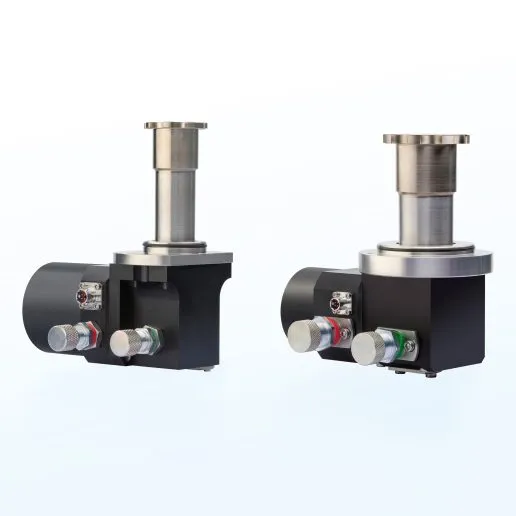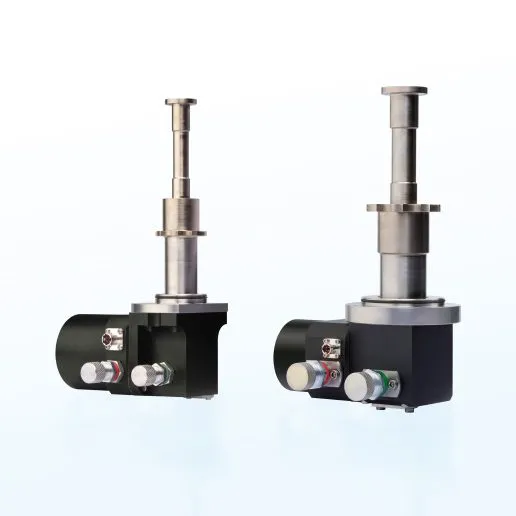The signals received from the early universe—such as those emitted by neutral hydrogen at microwave frequencies—are extremely weak, and thermal noise from receiver electronics can easily interfere, making data collection difficult. To mitigate this, commercially available two-stage Gifford-McMahon (GM) cryocoolers have been widely used to reduce system noise and have been employed in radio astronomy since at least the 1960s.
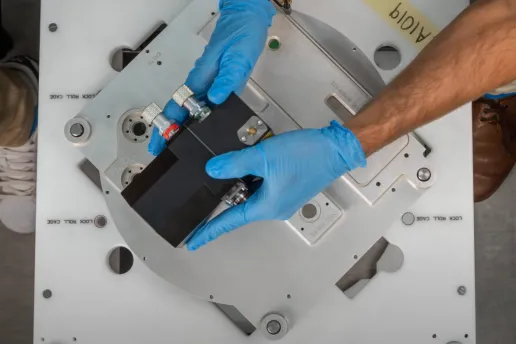
System Noise
System noise is a significant concern in radio astronomy. This refers to the many sources of noise that are detected by the antenna. Much of this noise can be mitigated through good design, such as placing the detector inside a vacuum sealed chamber or preventing background radiation by installing multiple layers of insulation. What remains after these efforts is primarily the noise of electrical dissipation from the amplifiers.
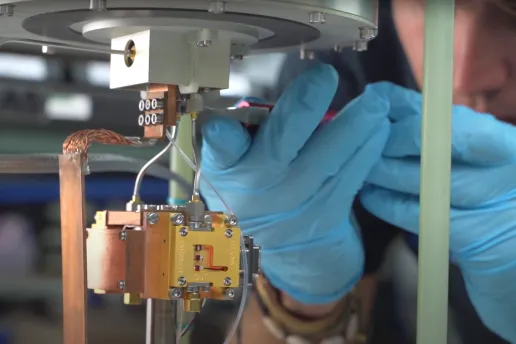
Low Noise Amplifiers (LNAs)
Low Noise Amplifiers (LNAs) are critical components in radio astronomy, increasing the sensitivity of radio telescopes to help amplify weak signals from space. However, the electrical dissipation from these amplifiers generates noise, which interferes with the receiver. An LNA may provide 30 dB of gain but dissipate 30 mW, counteracting the amplification of the signal.
With modern antenna using multiple receivers and amplifiers, this electrical dissipation is multiplied. This is where cryocoolers become essential. By cooling LNAs, the overall noise is reduced and a cleaner signal can be received.

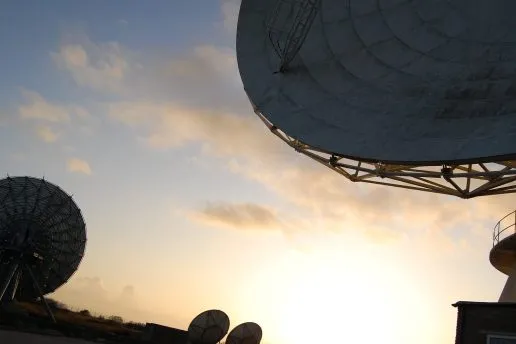
Ruggedisation
Our cryocoolers come with optional ruggedisation for use in harsh external environments and are utilised globally in observatories such as Goonhilly Earth Station, Onsala Space Observatory, SARAO’s MeerKAT project, and the SKA Observatory.
For more on the latest advancements in cryogenics and its role in radio astronomy, subscribe to our newsletter.
